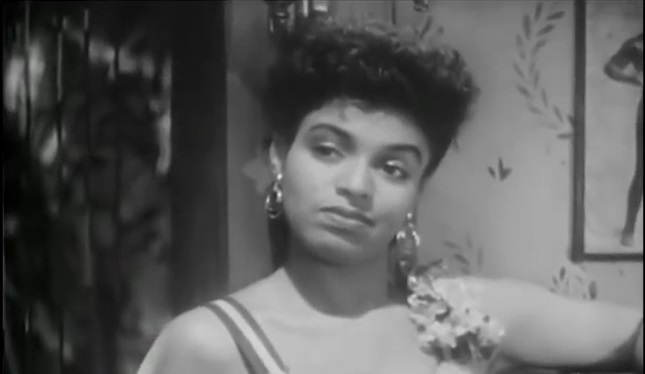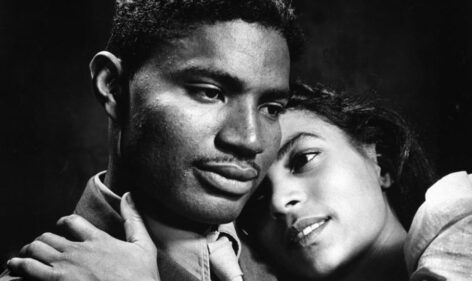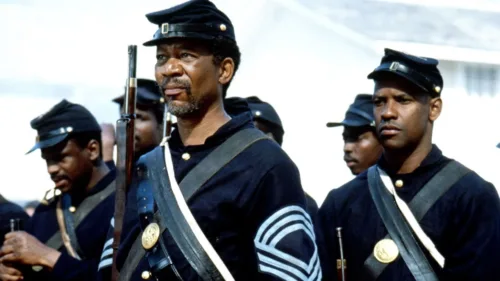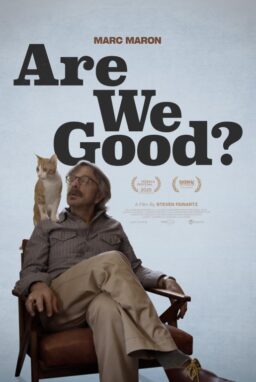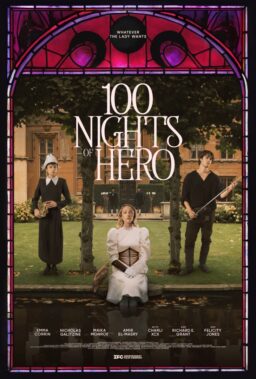Made in 1947, two years after the end of the war, “Easy To Get” was produced by the U.S. Army Signal Corps as part of a larger campaign that involved comic books, posters, pamphlets, radio broadcasts, and even matchbooks. In 21 minutes, the film relates the story of two Black army soldiers who become infected with VD. One of them by a seemingly good “clean” girl and another by a sex worker he picks up in bar. But they quickly discover the errors of their ways and go see a doctor to be cured. There, they have to listen to his stern, unforgiving lectures chastising them about their poor choice of women. All of this is accompanied by nightmare stories of poor souls who never got cured with shocking, gnarly, disturbing close-up shots of festering sore penises that would make a David Cronenberg film look tame. (WARNING: NSFW!)
It’s not alone. In fact, “Easy to Get” is part of one of the most overlooked and unusual subsets of films: the World War II training film. Most of these films made for the thousands of American men who enlisted or were drafted during the war were meant to cover the basics of military life and survival: jungle warfare, the care and maintenance of weapons, personal hygiene, duty and responsibility, and, of course, keeping your mouth shut to avoid spilling militarily secrets to enemy ears.
But there was another subset within this subset: training films that dealt with sex and how to avoid catching venereal disease. With so many men volunteering or getting drafted, the Armed Forces were facing a problem. Many of these men came from small towns and rural areas, which were more plentiful back during the ‘30s and ‘40s. That meant that most of these men were, to put it delicately, relatively naïve and unschooled in the ways of the big wide wicked world. And this was especially a problem when these fighting men were on furlough in those sin pots of depravity better known as big urban cities like Chicago, New York, San Francisco, and Houston.
These short films, usually running no longer than 30 minutes, were financed and produced by the military, employing the facilities of Hollywood studios in Los Angeles. Studios gladly waived any sort of production or rental fees as their part of the war effort. Furthermore, one very important aspect of these films is that they were only for military personnel and not for public viewing by regular filmgoers. As a result, these movie were not under any restrictions of the Production Code, and could use more explicit language and imagery that couldn’t be possible in any Hollywood film or short of the period.
The popular series of animated shorts about Private SNAFU aka Situation Normal All Fouled (or put your favorite F word here) Up made from 1942-45 by Warner Bros under the direction of legendary WB animation greats such as Chuck Jones, Frank Tashlin, and Fritz Freleng were filled with all sorts of sexual innuendo, rough language and lewd behavior. Another WB training cartoon has Porky Pig saying to the audience “son of a bitch”!
However there was a fly in the ointment. Segregation was the law of the land in the South, and in many parts of the West, Midwest, and East as well. Segregation affected every part of life for Black folk and their existence including, not surprisingly, even entertainment. Though there were numerous and now legendary Black theaters and clubs, many night spots and venues were forbidden to Black patrons even if the performers in these places were Black themselves. Movie theaters segregated Black audiences to certain sections of the establishment such as the balcony. Other theaters would restrict attendance for Black filmgoers to certain days and times.
And since all Armed Forces were not officially integrated until by a Presidential order by Harry Truman in 1948 (though many generals and commanding officers refused to follow Truman’s order well into the early ’50s) that meant that training films made before 1948 were segregated as well. One made for white soldiers only and another one for Black soldiers. Many times they actually used the same scripts and only changed the actors.
Though there were never any credits for these films, it wasn’t uncommon for major directors and talent to be involved in them. An uncredited John Ford directed a VD Training film for the Army called “Sex Hygiene” in 1942. The director of “Easy to Get” was Joseph Newman, who went on to direct some top film noir films in the 1950s including “711 Ocean Drive” and the groundbreaking sci-fi classic “This Island Earth.” Among the cast are the recognizable character actor Wendell Corey as the doctor who appeared in numerous films such as Anthony Mann’s Freudian western “The Furies” and a psycho killer in Budd Boetticher’s “The Killer is Loose.” The veteran Black character actor Leigh Whipper (“The Ox Bow Incident”) plays the older soldier whose mind is gone from untreated VD and cannot remember what he’s just been told. Actor Russell Evans, who plays the soldier with the prostitute, seemed to have a promising career in films going on, appearing in William Wyler’s “The Detective Story” with Kirk Douglas and Raoul Walsh’s “Band of Angels” with Clark Gable and Sidney Poitier. However, Evans’ career didn’t take off as planned and he left the business entirely after only six films.
But the biggest casting surprise is that of a very young Black acting icon named Ruby Dee as the Good Girl who gets the first soldier infected. Though she had appeared in a few films before “Easy to Get,” to anyone’s knowledge, she never talked about being in the film, and it doesn’t even appear in her extensive and decades long list of acting credits.
More than simply entertainment or an art form, films are reflections of a society’s beliefs, attitudes, and opinions of the time in which they were made, even military training films. There are two conflicting messages in “Easy to Get” which encapsulate the era in which the film was made. First, is the unbridled and almost panicked misogyny. No matter if she’s a good girl or a bad girl, all women have one mission in mind: The destruction of men. As the narrator sternly tells the audience, “Doesn’t matter if she’s a high school girl or a juke joint girl, inside her may be sores full of crawling little germs.” Later he invokes simply, “Stay away from women!” They are she-devils in cheap angel garb and tin halos. They have only one goal and that is the ruination of men.
On the other hand, the film is very much in tune with the mindset of Black Americans and especially that of Black men of the time, that their mission was to “uplift the race.” Despite centuries facing obstacles, degradation, and brutalities, Black men had fought in every American war since the Revolutionary War with valor, pride, and love of country. Now that the messianic Axis forces had been defeated in Europe and the Pacific Theater, it was long past time for Black people to get their due. We had proven ourselves over and over despite the odds against us and now it was time finally to get our seat at the table.
But Black people believed that they had to present themselves in the best light to the larger white society for acceptance. We could not show any flaws or weaknesses or else be tagged as unworthy of equality. The cameos in “Easy to Get,” including Olympic champion (and later U.S. Congressman from Chicago) Ralph Metcalfe and the titanic giant Paul Robeson, implore to Black men that being clean in mind and body is essential for improvement and uplift. The nascent Civil Rights Movement couldn’t be sidetracked by Black men with gonorrhea.
More than just a simple Army training film about personal hygiene, “Easy To Get” presents viewers with a concentrated view of public attitudes and the culture of the time. It also shows to us how Black people had a new vision of their destiny and their rightful place in the American fabric.

